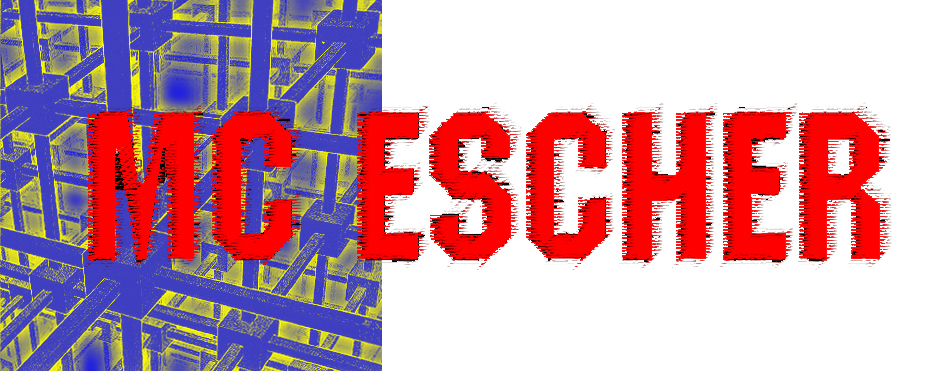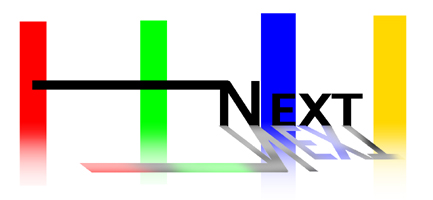
A mere copier of nature
can never produce anything great
-Sir Joshua Reynolds
"Although I am absolutely innocent of training or knowledge
in the exact sciences, I often seem to have more in common with
Mathematicians than with my fellow artists."
--M. C. Escher
The realm of M. C. Escher's work seems to have confounded artistic criticism,
which often does not know whether to classify him as an artist or as simply
a graphic artist exploiting geometrical phenomena. Escher himself unhesitatingly
referred to himself as a graphic artist, whose distinction ostensibly lies
in a limiting specialization in technique and in theme. Yet there undoubtedly
lies within Escher's work a fundamentally artistic sense, one which understands
nature and depicts that understanding. What makes Escher unique is that
his artistic sensibility lies not upon a matrix of emotions, but upon a
philosophy of order, Indeed, a mathematical order is the centerpice of Escher's
world, whose disorder is merely peripheral. We can best see the beauty of
Escher's artistic sensibility in [title of #366 -- Order and Chaos (?)]

# 366 Contrast (Order and Chaos) 1950
Lithograph 11 x 11"
At the onset of his artistic career, Escher explored the geometric structure
of European artchitecture, particularly in Italian villas. Eventually, however,
he allowed mathematical order to play a more central, dominating role in
his artwork. During his visits to Spain, his discovery of The Alhabran Mosaics
inspires him to study symmetry and pattern. His interest in pattern and
symmetry lead to Escher's understanding of the phenomena as fundamental
aspects of nature, such as in the basic crystaline structure (#386).

# 386 Cubic Space Division (Cubic Space Filling) 1952
Lithograph 10 1/2 x 10 1/2"
In #403, the same order acts upon some proto-animal forms. Escher's work
contrasts with the irrationality of the surrealists; even when he represents
impossible illusions, he places them within a structured context and illustrates
scientific or mathematic principles, such as relativity.

# 403 Depth 1955
Wood engraving and woodcut in brown-red,
grey-green and dark brown printed from
three blocks 12 5/8 x 9"

